The Weird Psychology Behind Your Pet’s Everyday Behavior
They stare, sniff, and follow us into the bathroom for reasons unknown. Dogs and cats clearly have thoughts buzzing behind those eyes, but what are they actually trying to say? Scientists, pet lovers, and behaviorists have been trying to decode their inner world for decades. It turns out that the psychology of our furry companions is deeper, weirder, and more surprising than most people realize.
That Guilt Face Isn’t What You Think It Is

Credit: pixabay
According to animal behaviorist Dr. Karen Hiestand, what looks like shame is a reaction to your anger. Dogs read your tone and body language, then act submissively. They’re trying to defuse tension, not apologize. So no, they don’t feel bad about the bruised pillow; they’re just bracing for your reaction.
Cats Developed Meows Just for Us
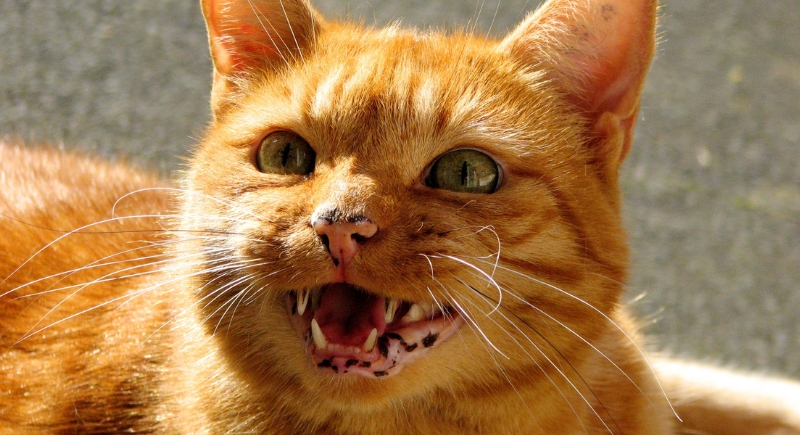
Credit: pixabay
Cats rarely meow at other cats. The sound is basically their version of human small talk. Over time, they’ve learned that using their voice gets results in the form of attention, food, and doors opened. Some even develop a specific “vocabulary” for their humans, and blend meows with trills or chirps.
Dogs Read Human Faces Differently

Credit: pexels
Humans express more emotion on the left side of the face, and dogs seem to know it. Eye-tracking studies show dogs spend more time looking at that side, especially when trying to understand our mood. However, when looking at another dog, they scan the ears, mouth, and eyes.
Cats Might Be Empathic—But on Their Own Terms

Credit: pexels
When researchers faked an injury in front of their cats, many felines paused what they were doing and focused on their owner. Some groomed themselves (a classic stress signal), others simply watched. While they didn’t rush over like dogs might, the shift in attention suggests they noticed something wasn’t right.
Dogs Value Fairness and Will React to Inequality
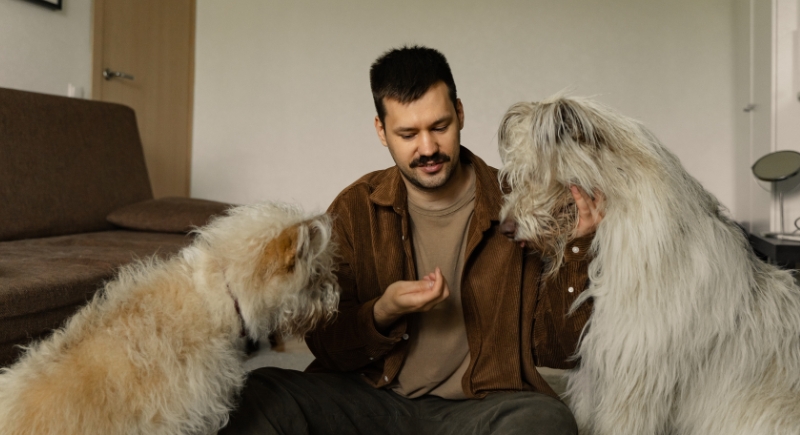
Credit: pexels
Give one dog a treat and deny another, and you’ll start a problem. In experiments, dogs who witnessed unequal treatment became visibly agitated and refused to follow commands. This sensitivity to fairness hints at a complex emotional framework: they’re keeping tabs on how they’re treated compared to others.
Cats Can Sense Calm—and Act On It

Credit: pexels
In yoga classes, some cats have been observed moving quietly among people during meditation. Animal behaviorists say it’s likely tied to their sensitivity to human breathing, posture, and stillness. One instructor even called her cat the class barometer: if the cat flopped onto the mat, everyone had reached peak calm.
Dogs Remember Who Was Nice to Them, And Who Wasn’t

Credit: Getty Images
Dogs can recall how people treat them, even after a single interaction. In experiments, dogs avoided people who refused to help their owners in a staged scenario. This kind of social memory plays into their decisions about trust. They may forgive, sure, but they don’t forget.
Whiskers Are Like Mood Antennas

Credit: Canva
Whiskers are rooted in nerve-rich areas, so they give real-time clues about how a cat feels. When a cat is curious or stimulated, their whiskers push forward. Those same whiskers pull back against the face if they’re anxious or defensive.
Dogs Don’t Actually Like Hugs
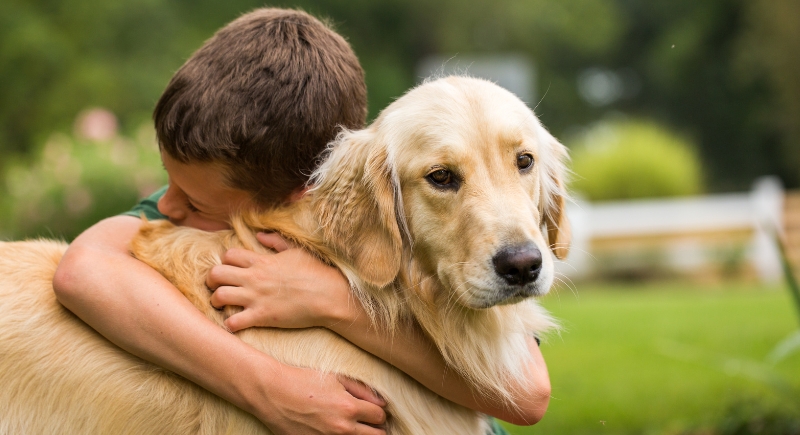
Credit: Canva
This one’s hard to hear. Many dogs tolerate hugs, but few actually enjoy them. Research shows that most dogs show signs of stress when hugged: turning their head away, licking their lips, or freezing. It’s not personal, though; they just prefer space and freedom to move.
Cats Learn Routines and Notice When You Break Them

Credit: Getty Images
Don’t underestimate a cat’s mental calendar. They know when breakfast is late, the litter box hasn’t been scooped, and you’ve skipped their nightly head rub. A disruption can cause stress or even changes in eating or bathroom habits.
Dogs Can Predict Seizures—And Science Is Still Catching Up
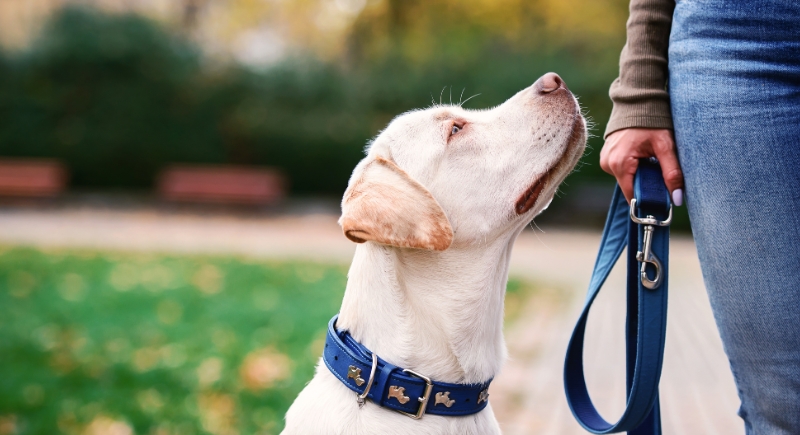
Credit: Getty Images
Many individuals with epilepsy report their dogs behaving strangely, whining, pawing, or refusing to leave their side. Researchers suspect they pick up on tiny chemical shifts in sweat or breath, or spot subtle changes in movement. German Shepherds and Labrador Retrievers often excel at this due to their sensitivity and focus.
Cats Eavesdrop on Human Conversations
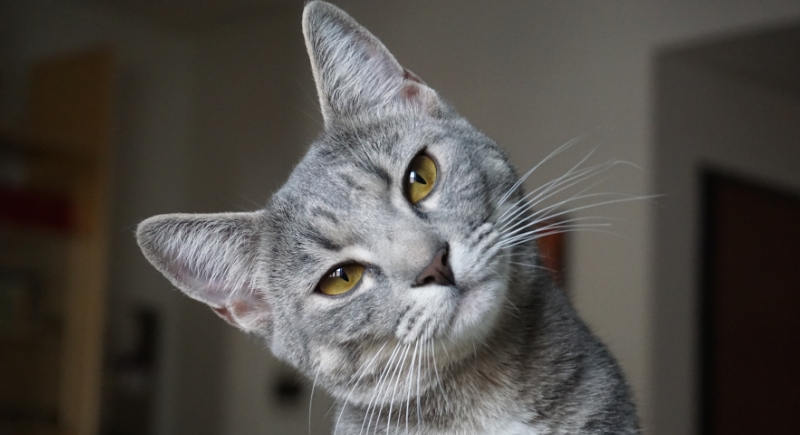
Credit: Getty Images
Cats not only recognize their own names, but they also pay attention to the tone and content of conversations happening nearby. In studies, cats turned their heads more often when they heard their name spoken, even if it came from a stranger. They also showed different reactions based on tone.
Dogs Respond to Human Yawns

Credit: Canva
Yawning is contagious across species. When humans yawn, dogs often do too. Studies suggest this could be tied to emotional synchrony and social bonding. It’s more than mimicry; it’s a subtle sign that your dog is tuned in to your mind.
Cats May Use Their Purring to Manipulate Humans

Credit: pexels
Sure, purring often signals contentment, but not always. Some cats use a specific type of purr—higher-pitched and more urgent—to get attention, usually when they want food. Researchers have dubbed this the “solicitation purr.”
We’re Bad at Reading Them—And They Know It

Credit: Getty Images
Humans are notoriously bad at interpreting animal emotions. One study showed that people couldn’t reliably tell if a dog was happy or anxious unless they saw the full context. Worse, people often misjudge based on assumptions, thinking a wagging tail always means joy or that flattened ears equal guilt.